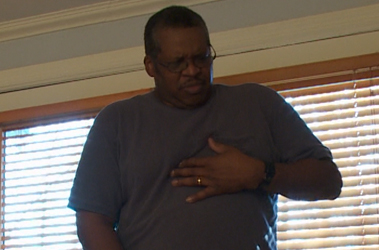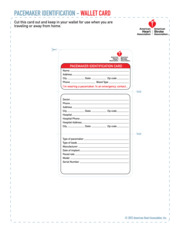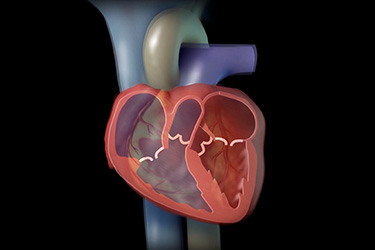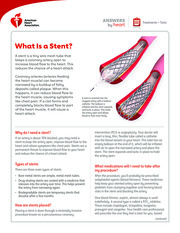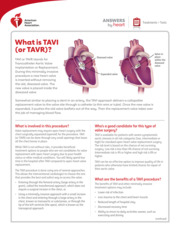Advertisement
Advertisement
Other Cardiovascular Procedures
Angiography/Angioplasty
Show more
What is a Heart Stent?
Angioplasty and Stenting: Understanding the Risks
Angioplasty: Your Hospital Recovery
Angioplasty: Your Home Recovery
Angioplasty: What is Restenosis?
What Is a Coronary Angiogram?
Text in
English
What Is Coronary Angioplasty?
Text in
English
